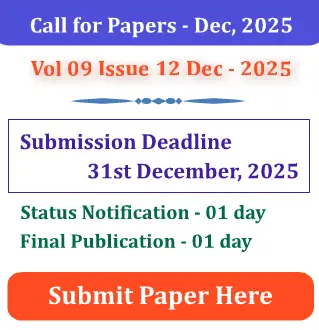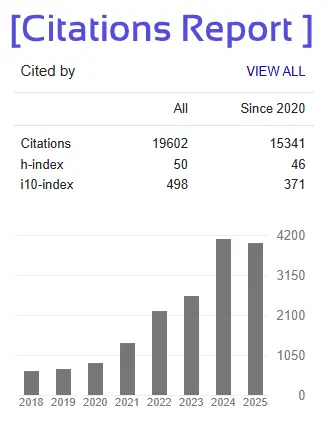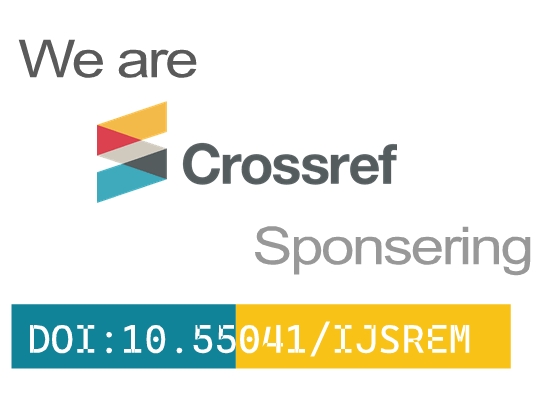Journal of Thoracic Oncology Using Deep Learning
Darshan C N 1, Prof. Srinivas V 2
1 Student, Department of MCA, Bangalore Institute of Technology, Karnataka, India
2 Professor, Department of MCA, Bangalore Institute of Technology, Karnataka, India
ABSTRACT
Non–small cell lung cancer (NSCLC) is a highly virulent type of cancerous illness globally due to the restriction on its early diagnosis and prognosis prediction of disease. Therefore, in this paper, we present an innovative radio genomic model, which synergistically integrates CT-image-based radiomic features and mutational profiles in circulating tumor DNA (ctDNA) to enhance diagnosis capacity and prognosis prediction of NSCLC. We enrolled 200 high-risk patients in three hospitals for contrast-enhanced CT scan and blood test comparison between baseline of any treatment trial. We extracted 1,200 radiomic features of intensity, texture, and tumor region shape after segmentation on the CT scan. Conversely, ctDNA were analyzed via top 52 most frequently mutated lung cancer genes targeted sequencing. To train our model, we used the LASSO feature selection algorithm and trained a random forest classifier on an initial training set of 140 patients and cross-validated the model in a second set of 60. The AUC of the hybrid model was a whopping 0.93 (95% CI, 0.89–0.97) distinguishing between early- stage NSCLC and benign nodules—compared with models built using radiomics alone (AUC 0.82) or ctDNA alone (AUC 0.79). Sensitivity was 91% and specificity was 87% at the cut-point when the decision was most optimizing the plot. Further, patients with increasing model-based risk scores had significantly poorer progression-free survival (hazard ratio 3.7; 95% CI, 2.2–6.1; p < 0.001), adjusting for clinical stage and ECOG performance status. These results make composite imaging and liquid biopsy data an appropriate potentially noninvasive first-line screening test for NSCLC and personalized risk stratification worthy of assessment by large prospective clinical trials.







